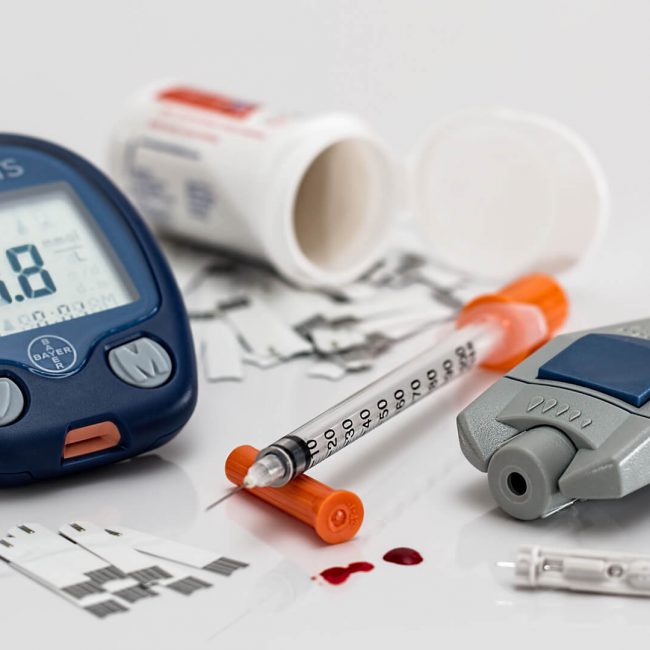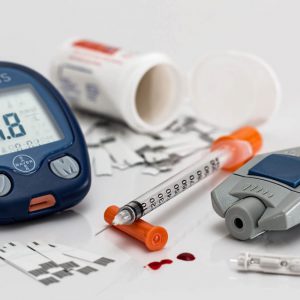Spirometry measures how well the lungs function. The information gathered during this test is useful in diagnosing certain types of lung disorders, but is most useful when assessing for obstructive lung diseases (especially asthma and chronic obstructive pulmonary disease, COPD). Restrictive lung diseases may be caused by inflammation or scarring of the lung tissue (interstitial lung disease) or by abnormalities of the muscles or skeleton of the chest wall.
This test is useful in diagnosing certain types of lung disorders, but is most useful when assessing for obstructive lung diseases (especially asthma and chronic obstructive pulmonary disease, COPD).
Your result is considered normal if your score is 80 percent or more of the predicted value. You can get a general idea of your predicted normal value with a spirometry calculator. Spirometry measures two key factors: expiratory forced vital capacity (FVC) and forced expiratory volume in one second (FEV1). FVC measurement: 80% or greater is normal. less than 80% is abnormal. FEV1 measurement: 80% or greater is normal. 70%–79% is mildly abnormal. 60%–69% is moderately abnormal. 50%–59% is moderate to severely abnormal. 35%–49% is severely abnormal. Less than 35% is very severely abnormal.



